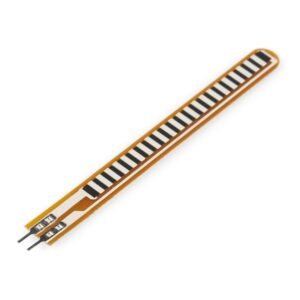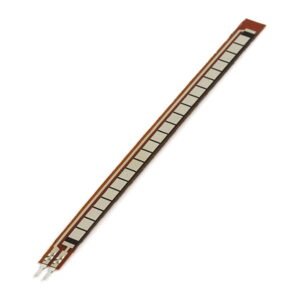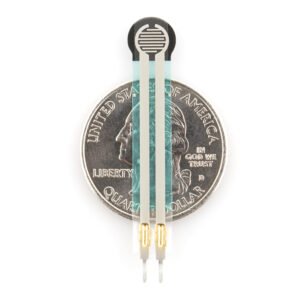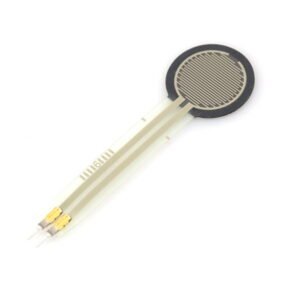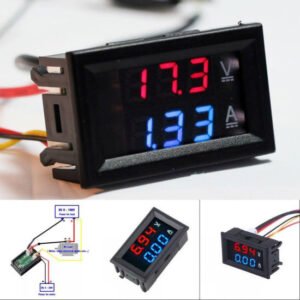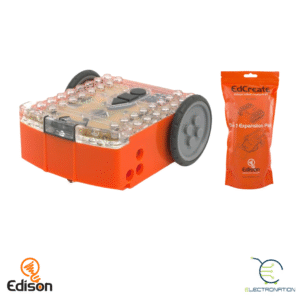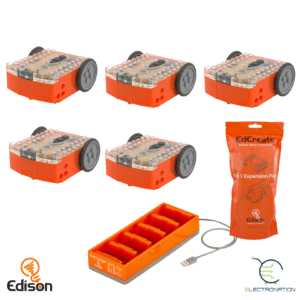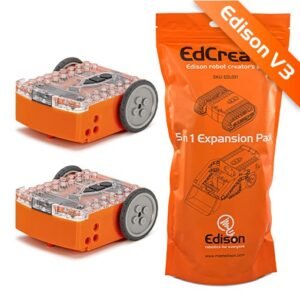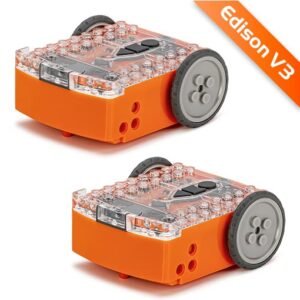Flex & Force
Showing all 5 results
-
-
Flex & Force, Sensors
Flex Sensor 4.5″
- Thickness: 0.4mm
- Trigger Force: 20g, triggered (default resistance<200kΩ)
- Pressure Measuring Range: 20g~6kg
- Static Pressure & Dynamic Pressure Measurement (within the frequency of 10Hz)
- Initial Resistance: >10MΩ
- Activation Time: <0.01S
- Operating Temperature: -40℃~+85℃
- Lifespan: >1million times
- Hysteresis: +10%,(RF+ -RF-)/FR+,1000g Force
- Response Time: <10ms
- Drift: <5%, 2.5Kg Force, Static load 24H
SKU: n/a -
Flex & Force
Force Sensitive Resistor – Small
This is a small force-sensitive resistor. It has a 0.16″ (4 mm) diameter active sensing area. This FSR from Interlink Electronics will vary its resistance depending on how much pressure is being applied to the sensing area. The harder the force, the lower the resistance. When no pressure is being applied to the FSR, its resistance will be larger than 1MΩ, with full pressure applied the resistance will be 2.5kΩ.
Two pins extend from the bottom of the sensor with a 0.1″ pitch making it breadboard-friendly.
These sensors are simple to set up and great for sensing pressure, but they aren’t incredibly accurate. Use them to sense if it’s being squeezed, but you may not want to use it as a scale.
SKU: SEN584 -
Flex & Force, Sensors
Force Sensitive Resistor 0.5 INCH FSR
- Detection area (detection range): 14.5 mm circle
- Physical Diameter: 18.3mm circle
- The output signal (output signal): Passive variable to hold
- The Force-sensitive range (range), pressure test: 100g to 10 kg
- Lifespan (life):> 10 m letter actuation
Dimensions:
- Total length: 56mm
- Overall width: 18.3mm
- Diameter detection: 14.5mm
- Thickness: 0.4mm
SKU: n/a -
Arduino & IOT Boards, Flex & Force, Sensors
FSR402 Force Sensitive Resistor FSR
The FSR is made of 2 layers separated by a spacer. The more one presses, the more of those Active Element dots touch the semiconductor and that makes the resistance go down. FSRs are basically a resistor that changes its resistive value (in ohms Ω) depending on how much it is pressed. These sensors are fairly low cost, and easy to use but they’re rarely accurate. They also vary some from the sensor to sensor perhaps 10%. So basically when you use FSRs you should only expect to get ranges of response. While FSRs can detect weight, they’re a bad choice for detecting exactly how many pounds of weight are on them. However, for most touch-sensitive applications like “has this been squeezed or pushed and about how much” they’re a good deal for the money!
SKU: n/a


